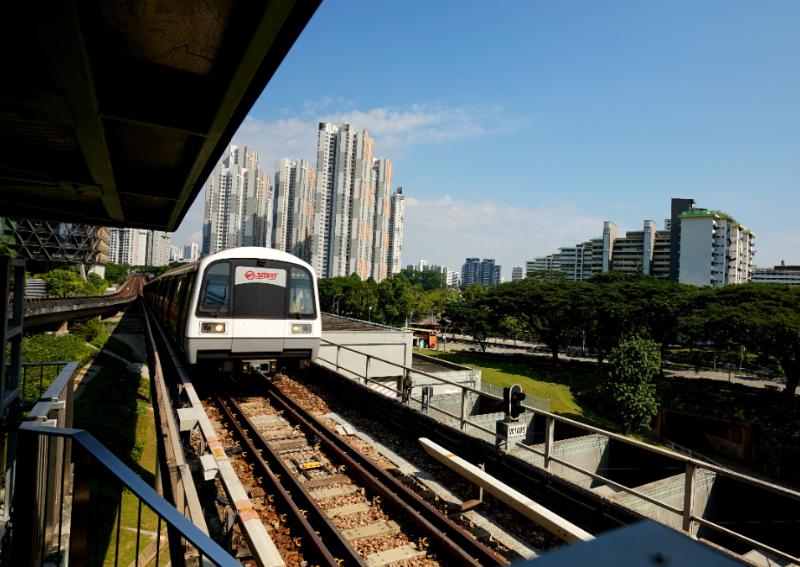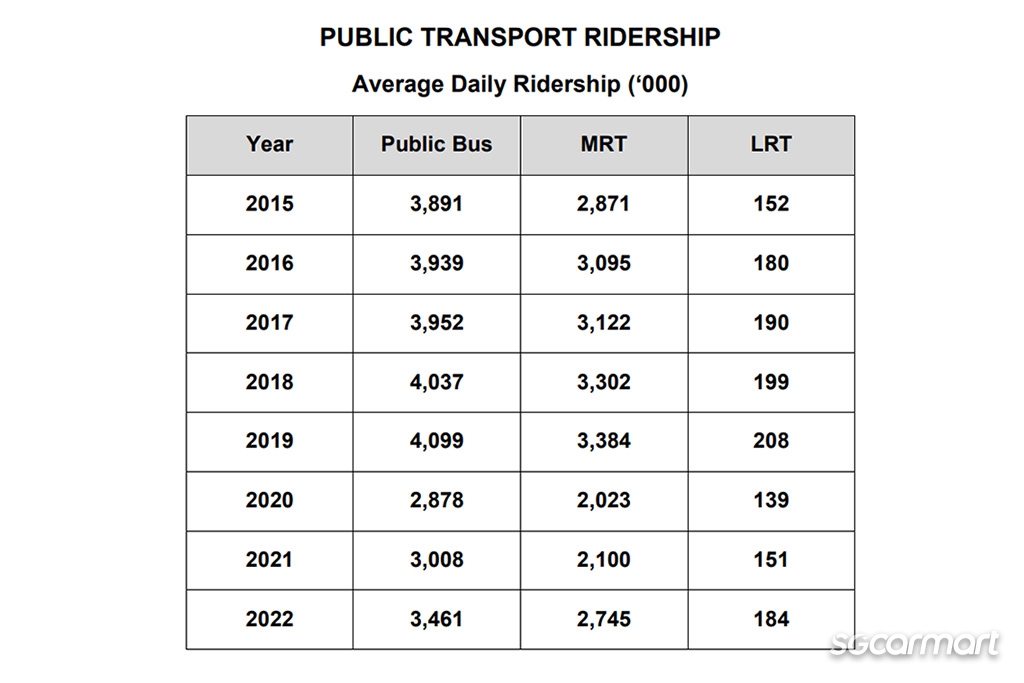Right-sizing our 7% public transport fare hike

We may not realise it, but public transportation is integral to our lives. It takes us to places, accompanies us from the first up to the last mile of our journeys, and sometimes functions as moving meeting points for our appointments.
Many of us in Singapore grow up travelling via public transport every day and continue to do so well into adulthood. It's little wonder how and why issues relating to our MRT and public buses make their way into our meal discussions most if not all the time.
Recently, the spotlight has been on the public transport fare hike due to take effect from 23 December 2023. The trigger for alarm is its overall increase by seven per cent — the steepest since 2019 when fares rose by the same percentage point.
It really does not help that the fare hike comes amidst climbing inflation and skyrocketing COE prices. Naturally, we get stuck in a rut thinking that everything is costly these days. And we are not wrong to think so given the almost yearly fare revisions that more often than not lean towards an upward trend.

As a working adult today, I'm still a heavy user of our public transport system. And since the upcoming changes mean my pockets are going to take a hit, I got curious and did some digging into the fare adjustment history.
Two things that stood out to me: Barring the rates charged on payment by cash or concession stamps and tickets, increases in our public transport fares were capped at 10 cents through 1990 to 2022; in 2016, a solely distance-based fares approach was implemented for both buses and rails.
Just as all things in life are relative, so are the prices of our train and bus rides. 11 cents may seem like a lot, but it will probably feel more manageable when we realise that we have lived through 10-cent hikes. It is also worth remembering how far we have come with public transportation.
Once upon a time, our buses had no air-conditioning and were installed with windows that had to be manually slid open to let in breezes of air. The rail network was much less extensive back then, when only the East-West Line and North-South Line, and Bukit Panjang LRT existed.
Admittedly, there will be people who argue that the improvements in service don't justify the fare hike. No one enjoys bleeding financially.
But cost increases will always remain a point of frustration and contention for us, and if unavoidable, perhaps what we should do is to consider how we could make the higher fares a less sizeable monster for us to deal with. One way to start is by framing it in the context of our relationship with public transit.
The pertinent question today is whether to commute and not to where to travel.
Once a rare practice in Singapore, flexible work arrangements have pretty much normalised post Covid-19 with most companies offering it as an option to employees. Accordingly, our travel patterns have shifted. If we work from home, our commutes, if any at all, tend to be shorter and lower in frequency than they used to pre-pandemic.
These are the supermarket runs, meal trips, or gym workouts that are typically within proximity of our homes. Trips to the office are ridden with the need to accomplish very specific missions such as attending meetings, picking up work-related materials, or mingling with others and then we leave after.

Interestingly, figures collected by LTA tell the same tale. Overall average daily ridership of public buses and MRT fell between 2015 and 2022, but that for the LRT bucked the trend. For those who aren't familiar with the LRT, it is a feeder service that bridges short-distance travels from MRT stations and bus interchanges to surrounding housing estates and areas.
Compared to 2019 when the rates of our daily commutes peaked, public bus and MRT rides in 2022 are still at 90 per cent of pre-Covid-19 levels. The LRT, though, has seen a healthy stream of riders that are almost on par with the numbers in 2017.
Analysts have no way of extrapolating whether our use of public transportation will stabilise for good at a new lower level. But if existing arrangements were to sustain, the possibility of us asking if there's a need for us to commute at all will likely continue until the next wave of disruption shakes up our lives again.
Commuting less doesn't necessarily mean the fare hike has no impact on us. Though, it does reduce the incidences of us having to bear the brunt of the higher costs.
Before we delve into the woes of more expensive public transit rides, it will do us good to understand how the seven per cent fare hike came to be. Like they say, better the devil you know than the devil you don't.

All public transport fare revisions are derived from a fare adjustment formula. The magic number that's generated accounts for inflation, wage growth and energy costs.
There are two more components, which the PTC updated in April this year to capture the productivity contributions of public transport operators and adjustments to capacity. The objective here, is to make fare changes less volatile.
This means that if the PTC had worked out the latest fare adjustment based on the old formula, we may have seen an astronomical percentage hike because passenger load suffered a huge blow during Covid-19. And as we have discussed, ridership has yet to recover to pre-pandemic levels.
In the recent revision to public transport fares, higher costs will kick in across all passenger profiles for the first 4.2km and increase by another one cent for distances longer than that.
Even as adult and concession card fares rise, there is a silver lining especially for commuter groups with lower purchasing power.
A monthly hybrid concession pass that can be used for unlimited rides on trains and buses (except express bus services), and which will be cheaper than a monthly travel pass, will be rolled out in December 2023. There will also be public transport vouchers given out to help lower-income households cope with the fare increases.
In the 2022 Public Transport Customer Satisfaction Survey, reliability and travel time scored highly as important service attributes across our MRT and bus services.
But a context that focuses only on the dollar cost of fares will not paint us an accurate picture of the affordability of our public transit. Perhaps we should also give credit to the safety, reliability and efficiency of our public buses and trains that we so often take for granted.
If we look around us, we can't deny that our public transport system ranks highly in Asia and on the world map. And when we re-consider affordability in relation to these factors, the seven per cent fare hike may not seem as punitive as we imagine them to be.
ALSO READ: Public transport fare hike: Commuters to pay up to 11 cents more per journey from December